The second-generation network technology deployed by mobile network operators is primarily designed for voice communication, not data services. Providing data services on 2G networks create congestions, which lead to service quality deterioration. However, the growing segment of mobile internet users in Pakistan is somehow contending with the slow and choppy, but pricey mobile internet services.
The arrival of mobile broadband to Pakistan has kept on getting delayed, thanks to the stalled 3G license auctions. The appetite for data services seems to be growing, as the cellular subscriber profile in Pakistan is getting more technologically-sophisticated - due, in part, to the bulging youth segment, and partly due to the imported proliferation of smartphones of all brands and price range in the domestic markets.
That demand is being cashed in by the MNOs who are offering a plethora of mobile internet packages and deals to the subscribers on their networks. Data packages are segmented in a variety of ways, based on usage or volume (limited bandwidth, e.g. 10MB, 100MB, 1GB, etc.) or time (hourly, daily, weekly or monthly) or a mix of these.
Only passive competition is being offered to mobile internet from rival broadband service providers who are yet to avail the business opportunity of deploying large-scale Wi-Fi services for delivering high-speed internet services to data hungry users. The mobility handicap of Wi-Fi is compounded in Pakistan due to a very limited number of Wi-Fi hotspots in public places.
That most of the TV and radio spots booked these days by the MNOs are for data packages (compared to voice plans or sms deals) is an indication enough that mobile internet is the new turf these operators are fighting on. Meanwhile, MNOs are said to be experiencing healthy growth in data usage by their subscribers.
Atifa Asghar, Director Corporate Communications and Responsibility at Telenor Pakistan, told BR Research recently that mobile internet has been in a hyper growth phase. "We have been seeing high and sustained growth over the past three years. The trends from the past few years have been very encouraging. With prices for data enabled handsets decreasing, we foresee even strong growth in the near future. And, of course, the introduction of 3G may well be the tipping point."
Ms Asghar further informed that the trend among Telenors mobile internet users is to opt-in to prepaid bundles. "We have seen that customers prefer one-day bundles more than monthly subscriptions, as they require lower upfront commitments. The repeat purchase for such bundles is significantly high."
BR Researchs recent interactions suggest that most of the operators are not comfortable sharing any specific insights regarding this growing segment - at least not yet. To analyse this segment better, more data is required, to questions such as mobile internets share in operator revenue, percentage of mobile internet users and smartphone users on its network, mobile data usage trends across demographics, etc.
However, what seems sufficiently clear is that the mobile internet segment would continue to be an alternate, lucrative revenue stream for the MNOs, till the time they hope on the 3G bandwagon in the future.
BR100
16,405
Increased By
92.5 (0.57%)
BR30
52,938
Increased By
579.1 (1.11%)
KSE100
158,781
Increased By
743.5 (0.47%)
KSE30
48,500
Increased By
249 (0.52%)


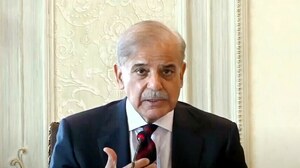



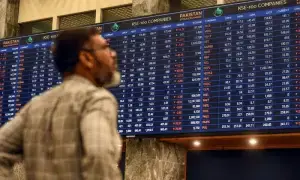
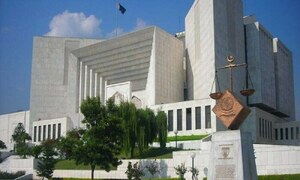





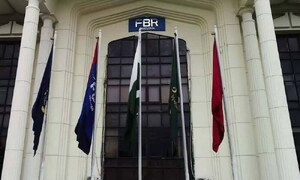
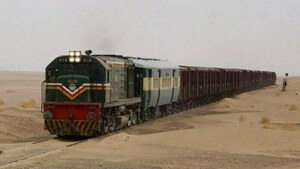
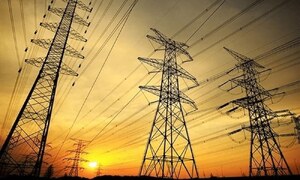
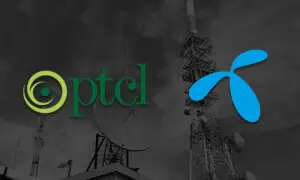
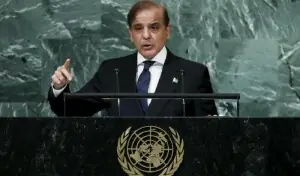


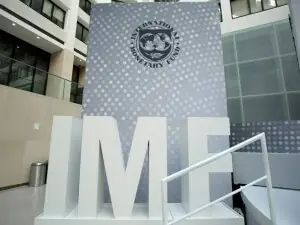
Comments
Comments are closed.